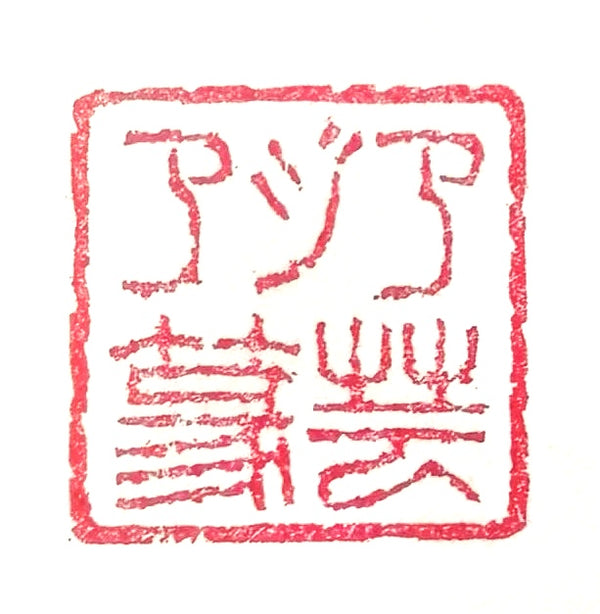Wu Changshuo - Art and Tradition
Share
overview
Wu Changshuo (August 1, 1844 - November 29, 1927) , given name Shun , style name Changshuo , pen names Kanlu , Darei , Kutie , etc., in his later years he called himself " Wuzi ."
He was a Han Chinese man from Anji, Zhejiang Province, China, and was an extremely important figure in the transition of modern Chinese calligraphy and painting art from tradition to the modern era.

Artistic achievements
Wu Changshuo displayed outstanding talent in the four fields of poetry , calligraphy , painting , and seals . He was a renowned Chinese painter, calligrapher, and seal carver from the late Qing to the Republican period, and is known as one of the "Four Great Masters of the Late Qing Haiping School," alongside Ren Bo Nian , Zhao Zhiqian , and Xu Gu .
Characteristics of art
Wu Changshuo's art is highly original and pioneering. He specializes in sketching floral designs and incorporating elements of calligraphy into his paintings, combining the brushwork and composition of calligraphy and seal carving to create a unique style of painting with a touch of metalwork.
His work is characterized by:
- He uses a seal brush to depict plum blossoms and orchids, and a cursive brush to depict grapes, and his floral, wood, and stone paintings are imbued with powerful brushwork .
- Taking inspiration from calligraphy and seal carving, the work skillfully utilizes the real and virtual world of space .
- The vivid contrast of colors brings a unique aesthetic harmony to the entire painting.
